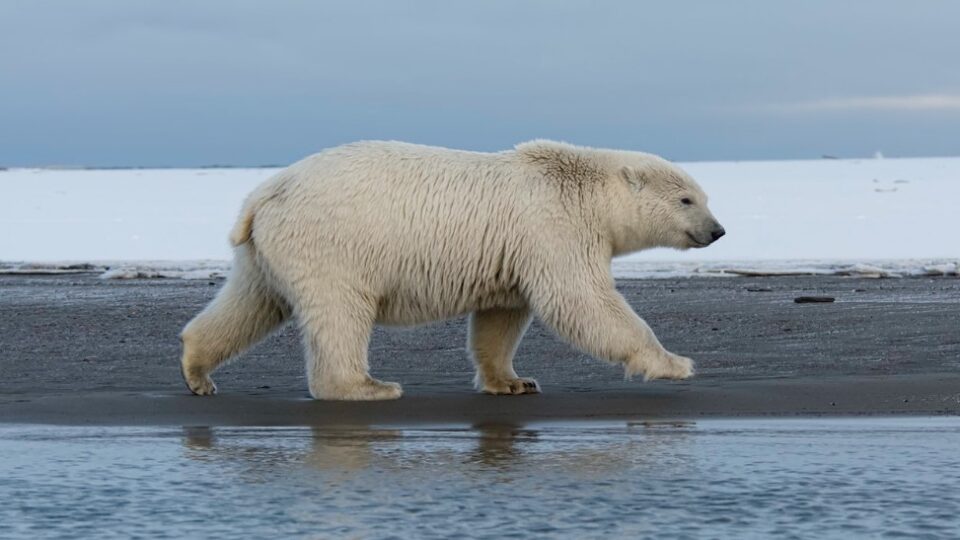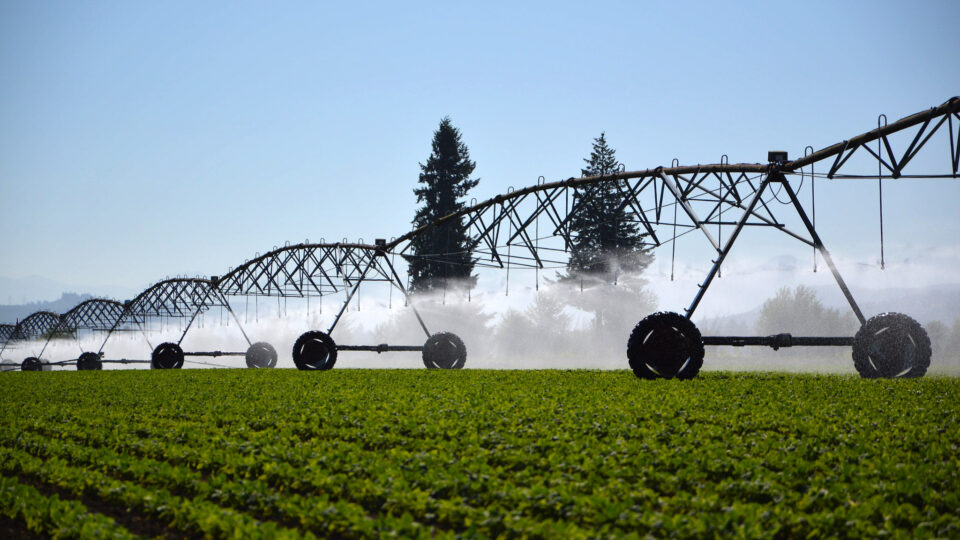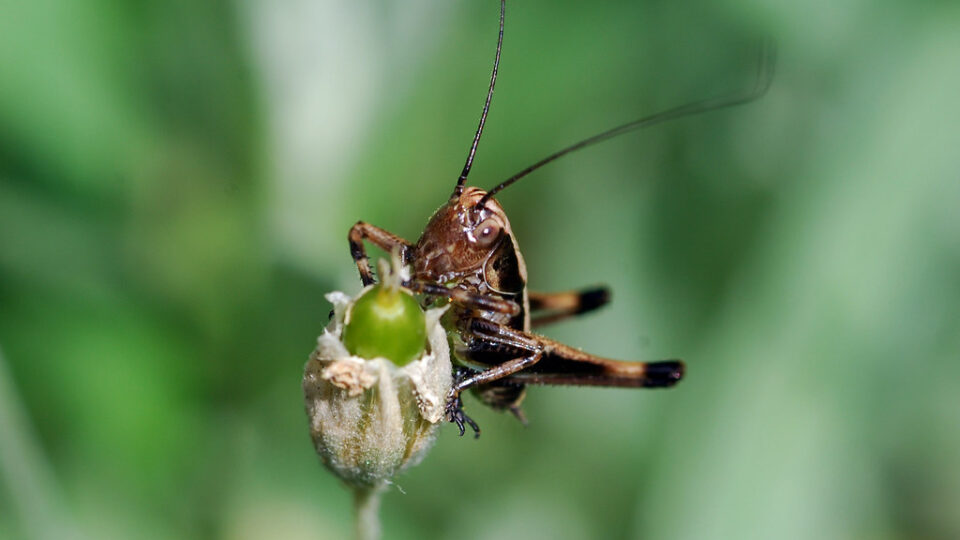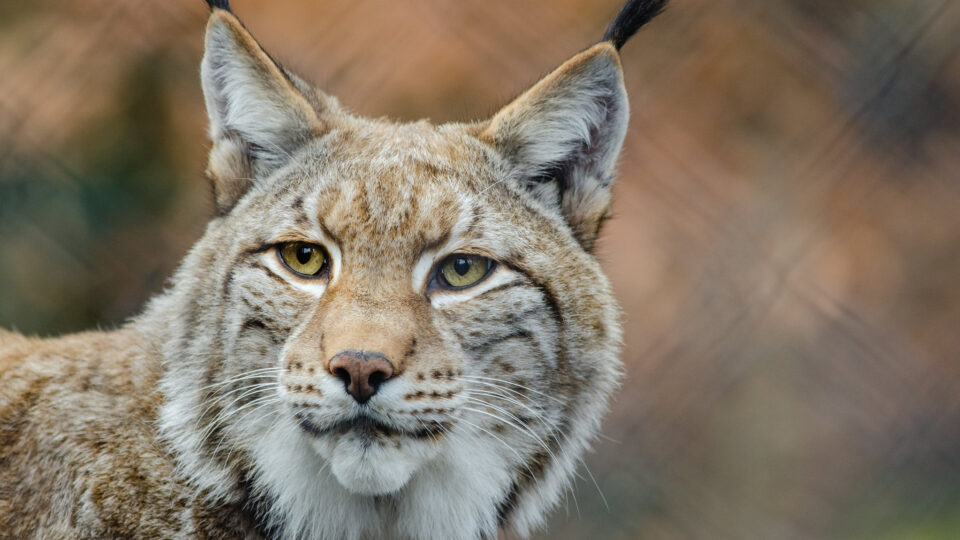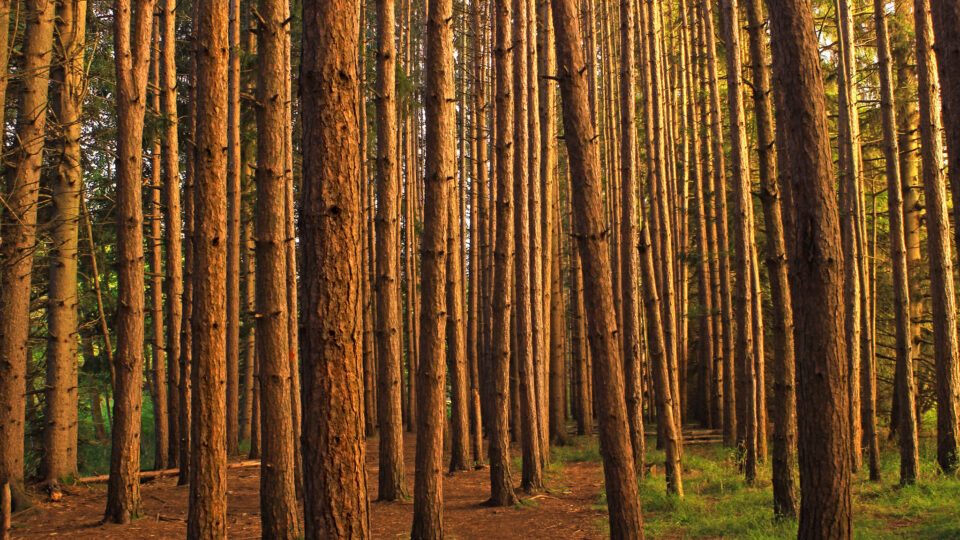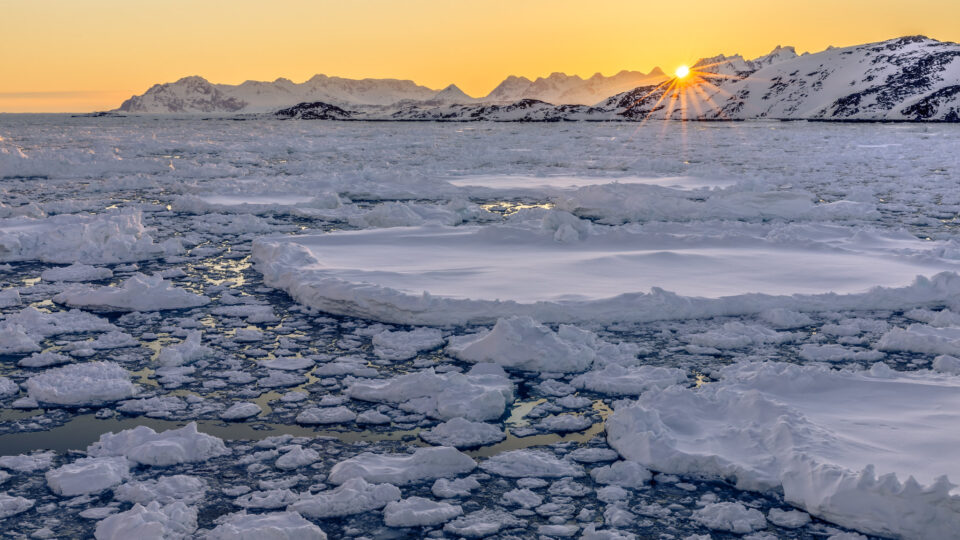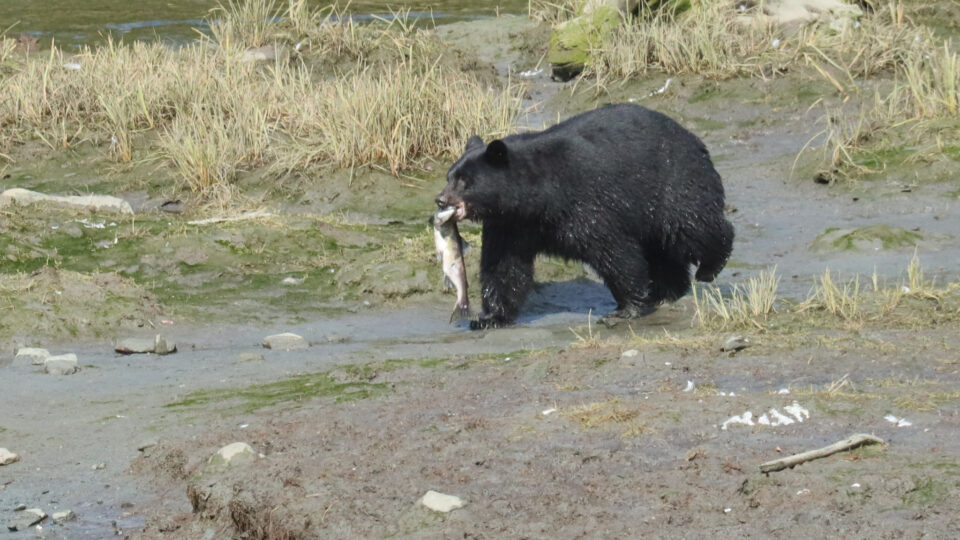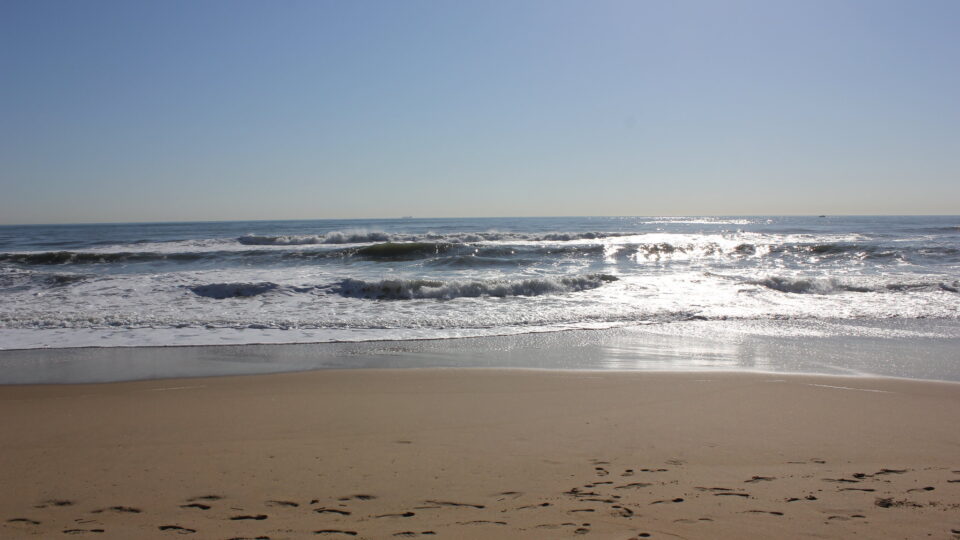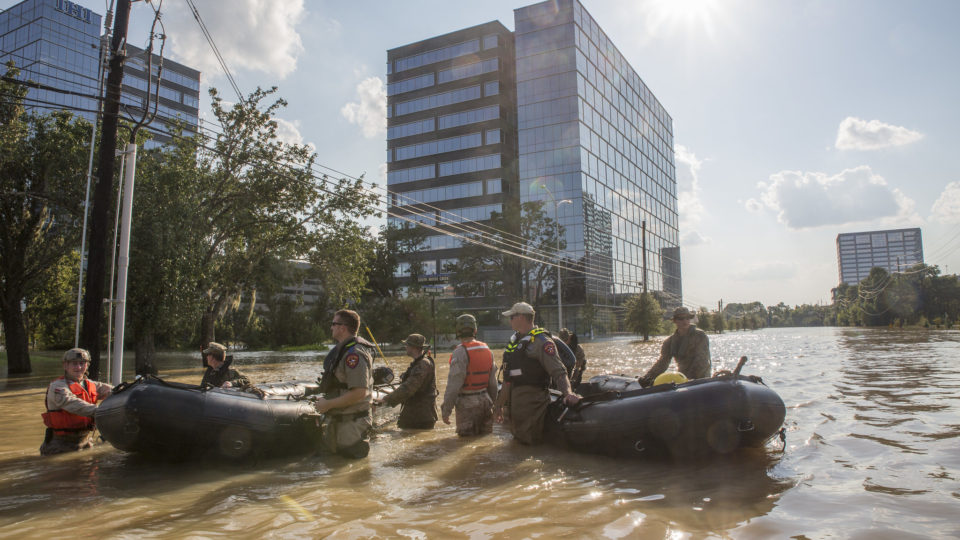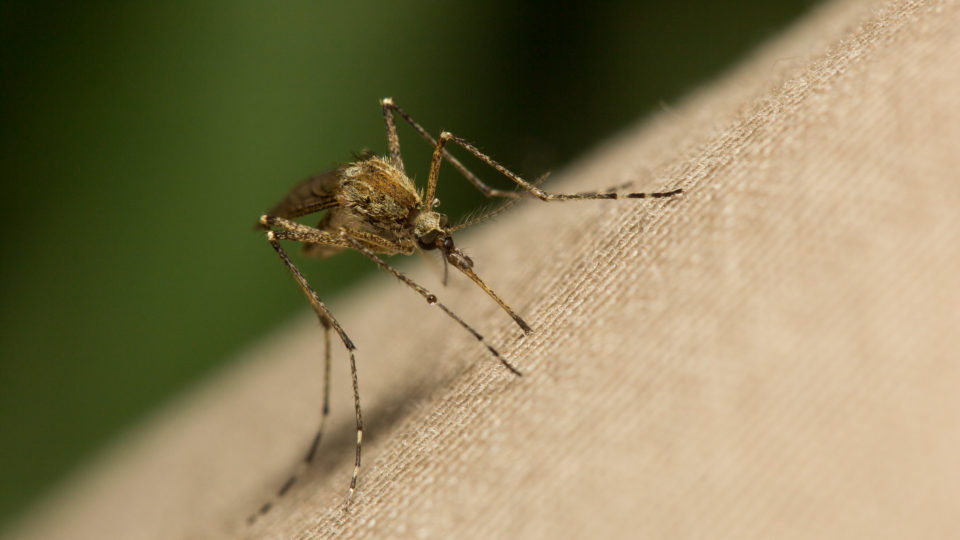The changing climate poses a major threat to polar bear survival. Polar bears, whose native range lies largely within the Arctic Circle, depend on sea ice for nearly all of their lifecycle functions. Rising global temperatures are causing this sea ice to disappear.
With less sea ice, polar bears are forced to stay longer on land. However, according to a new study led by researchers from Washington State University, more time stranded on land leads to a greater risk of polar bear starvation.
During three summer weeks in Manitoba, Canada, 20 polar bears observed by researchers tried different strategies to maintain energy reserves. But the research team found that nearly all of them lost weight – losing about 2.2 pounds per day on average.
Some scientists have speculated that polar bears might be able to adapt to the changing climate by acting more like grizzly bears by either resting or eating terrestrial food. But the polar bears tried versions of both strategies – with little success.
Polar bears can weigh nearly twice as much as grizzly bears. To maintain this size, polar bears rely on the energy-rich fat of seals, which they best catch on ice.
In the study, which was recently published in Nature Communications, the researchers found that some polar bears laid down to conserve energy, while others searched on land for food. But neither the activity nor the lack thereof paid off. In fact, only one bear out of the 20 gained weight after stumbling across a dead marine mammal on land.
Polar bears across the Arctic are at risk of starvation as the ice-free period continues to grow.
**********
Web Links
Polar bears unlikely to adapt to longer summers
Photo, posted November 16, 2015, courtesy of Anita Ritenour via Flickr.
Earth Wise is a production of WAMC Northeast Public Radio
